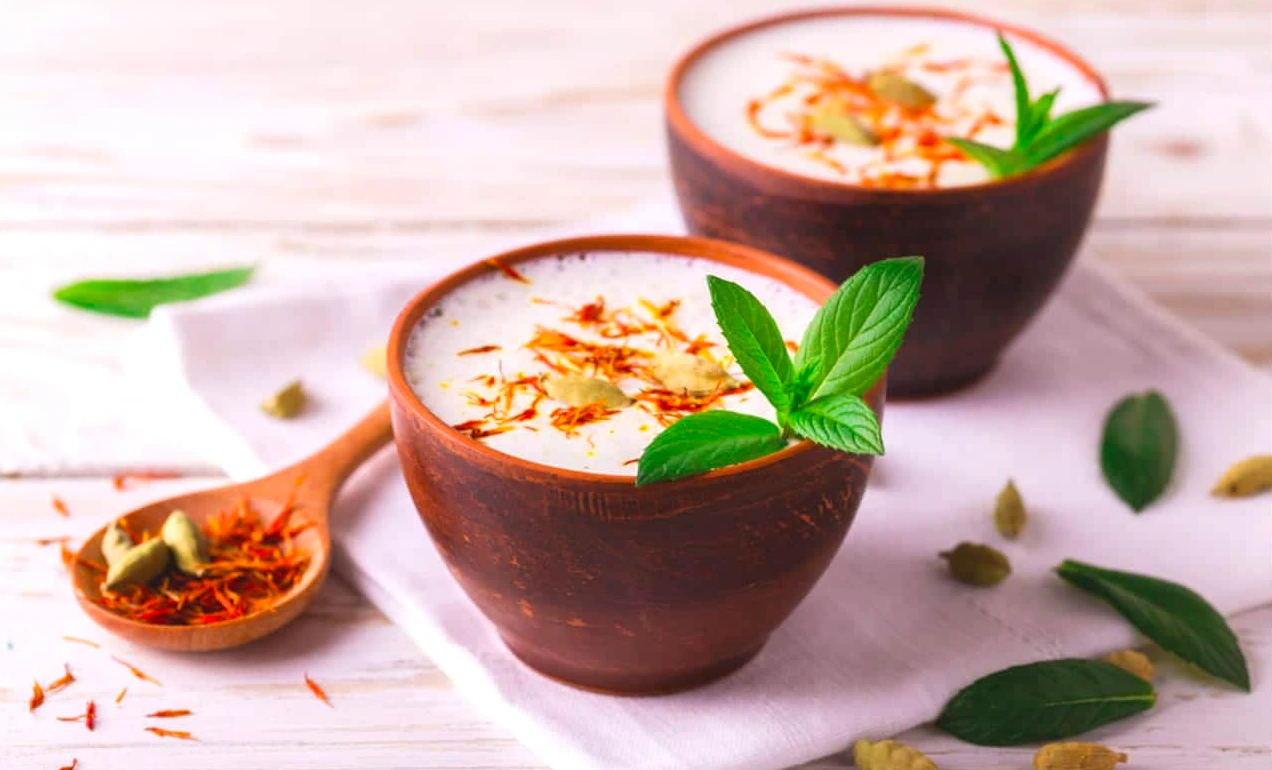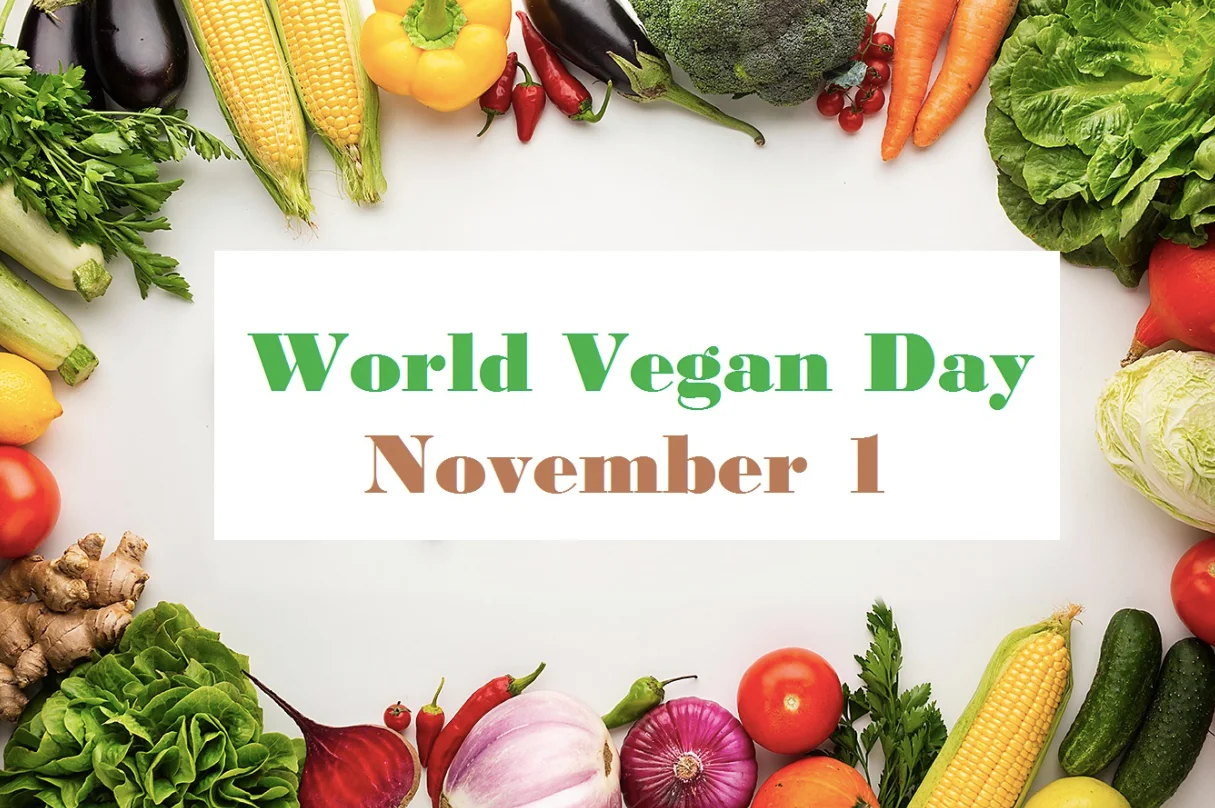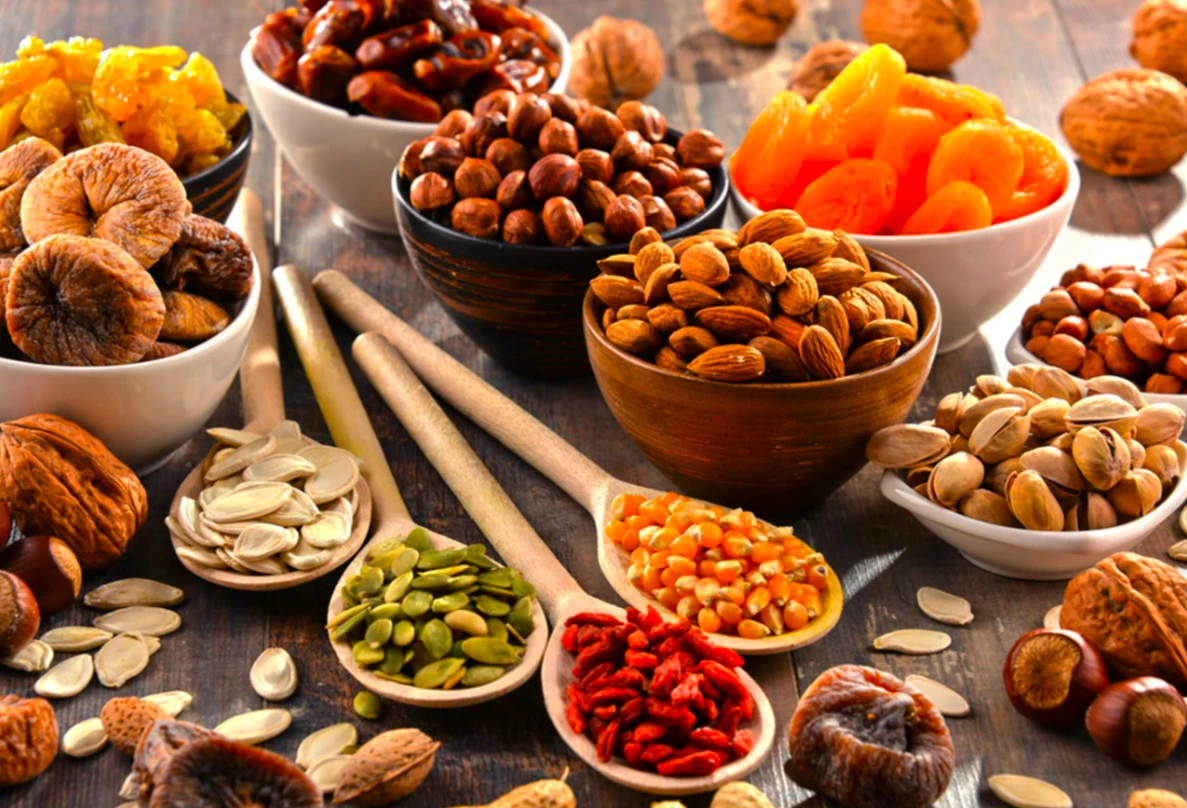A mother who is nursing needs to eat a sufficient and balanced diet. There is an increased need for nutrients, particularly to secrete enough milk of the appropriate quantity and quality and to protect your own health.
Being able to provide for your child’s needs is the only feeling that can truly be described as satisfying. And for new mothers, “breastfeeding” is undoubtedly at the top of this list!
However, it is difficult to nurse the child more than 8–12 times per day and to produce that much milk. The three most typical issues that women encounter while lactating are fatigue, sore breasts, and insufficient milk supply. What then is the solution?
Diet for Breastfeeding Mothers
First-time mothers tend to be more hesitant and anxious about what to eat and what to avoid while breastfeeding, but trust me when I say that this is completely normal behaviour.
You can encourage the production of milk by choosing nutrient-dense foods. Making food choices that are high in protein, vitamins, and minerals will benefit the baby’s growth and development.
1. Hydration

Every two to four hours of breastfeeding can cause dehydration. eight to ten glasses of water are a minimum. Additionally, fluids maintain milk production. Drink milk and eat soups and fruit juices. Limit your consumption of cola, coffee, tea, and other caffeinated beverages.
2. Diet with Iron
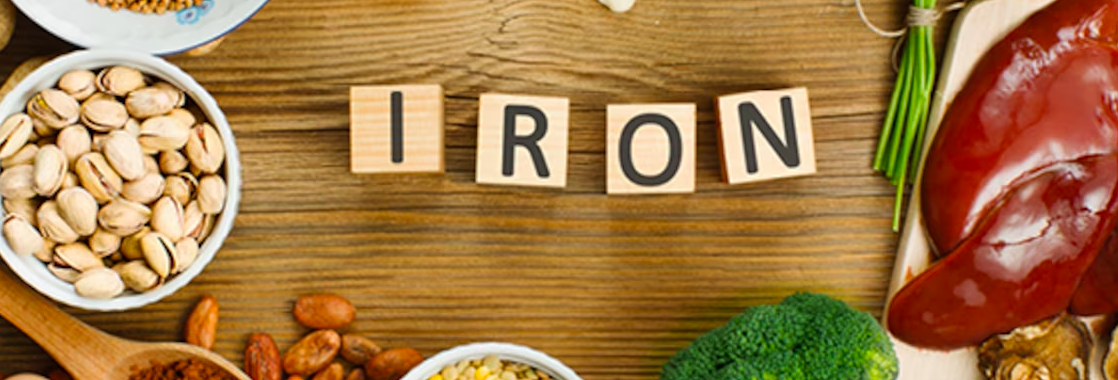
A mother who has low iron levels while nursing will likely feel agitated, angry, and worn out as well as have chronic fatigue. Try enhancing your diet with iron-rich foods in this situation. Your depressive symptoms will be lessened by iron, which will also stabilise your mood and help treat and prevent anaemia, a common cause of lactating mothers’ insufficient milk production.
Here are a few sources of iron and their various uses:
| Cereals | Rice bran, rice flakes, whole wheat, buckwheat, puffed rice, maize, and oats |
| Pulses | Chickpeas, soya beans, black gram, Bengal gram, red kidney beans, whole green gram, cowpeas, sprouts, and horse gram |
| Nuts | Cashew nuts, almonds, raisins, figs, dried coconut, and sesame seeds |
Note: Because they hinder iron absorption, tea and coffee should be avoided for at least an hour after a meal. To improve iron absorption, substitute vitamin C-rich foods like guava, lime, gooseberries, sweet lime, broccoli, oranges, and tomatoes.
3. Vitamin D and Calcium
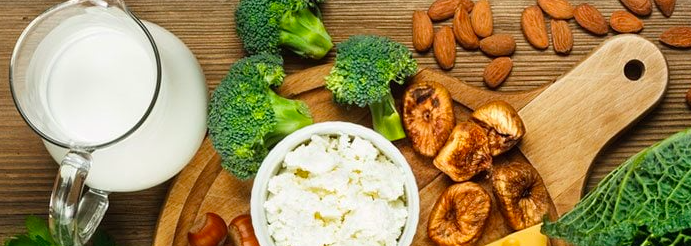
One nutrient, calcium, is crucial for the development of strong bones and teeth as well as for the proper operation of the nervous, muscular, and circulatory systems.
Several of the calcium-rich foods include:
| Cereal | Ragi |
| legumes | Chickpeas, soya beans, black gram, Bengal gram, red kidney beans, whole green gram |
| Green leafy vegetables | Cauliflower, fennel, colocasia, betel leaves, fenugreek leaves, curry leaves, drumstick, amaranth, turnip greens, and mustard greens |
| Other vegetables | Field beans, marrow, chayote, dry lotus stem, and celery |
| Nuts | Almonds, walnuts, dry coconut |
| Fruits | Apricot (dry), wood apple, dates, lime, and raisins |
| Dairy products | Milk and curd |
Also Read: A Mineral that is required for keeping our Bones Healthy
4. Eat three nutritious meals a day, at least, and never skip breakfast
While breastfeeding, mothers can easily become hungry. This is due to the fact that breastfeeding burns calories, so mothers should include 3 regular meals and 2 to 3 small snacks in their lactation diet. Avoid skipping meals, especially breakfast. Fruit smoothies, a bag of nuts, veggie rolls, sandwiches, fruit platters, and other options for snacks are available.
5. Avoid “dieting” while nursing a baby
Dieting while nursing could affect both the quantity and quality of your milk. Limit your intake of foods high in fat and sugar to shed the pregnancy weight. Try to include three times per week of moderate exercise, such as brisk walking or swimming.
6. Protein

Protein is the “ultimate” nutrient you need to give your child the tools they need to develop, repair, and maintain their muscles, as well as to help you keep your own muscle mass. Additionally, it is absolutely necessary for postpartum recovery and preserving the required amount of your breast milk.
Several protein sources are as follows:
| Meat | Chicken breast, eggs and fish |
| Dairy products | Milk, curd, paneer, and cheese |
| Soya | Tofu, soya milk, soya beans, soya chunks |
| Nuts | Almonds |
| Beans | Red kidney beans, chick pea, cow pea, black gram, horse gram |
| Grains | Green dried peas, sprouts, and split gram |
7. Use of Galactogogues

For boosting milk production and enhancing lactation, herbs like methi seeds, jeera, dill, and special preparations like gond laddu, methi laddu, almond halwa, dried ginger burfi, and dishes using bajra and green leafy vegetables are advised in India. Garlic, fennel, and other herbs and spices such as ajwain are thought to aid in digestion and relieve infant colic pain. While the milk production is increased by the aforementioned food preparations. However, since they are high in fat and calories, consume these preparations in moderation.
Here is an example of lactating mothers’ diet chart to help you get an idea of how to incorporate these into your daily life. Refer to it when creating the one that best suits your preferences and needs.
DIET CHART FOR LACTATING MOTHER
Morning: 8:00 am
Eight to ten soaked almonds, four to five dates, and one cup of fresh tea.
Breakfast: 9:00 am
A cup of badam sheera, a glass of skim milk, and any seasonal fruit of your choice,
Or
A half-cup of raita and two to three methi or palak parathas,
Or
One saunth vadi and one cup of poha, upma, or another seasonal fruit dish.
Morning Snack: 11:00 am
Two methi ladoos and a seasonal fruit
Lunch: 1:00 pm
A cup of rice with moong curry and a salad, two bajra rotis with your choice of vegetable
Or
A cup of fish curry, two rotis, and a salad
Evening: 4:00 pm
One glass of Milk and one goand ladoo
Evening: 6:00 p.m
A sprout bhel and two small puda or chila,
Or
A warm cup of tea and a cup of vegetable upma
Dinner: 9:00 pm
A few rotis, a cup of greens, a bowl of dal, rice, and a salad
Before Bed
A glass of water and cold milk combined in equal parts.
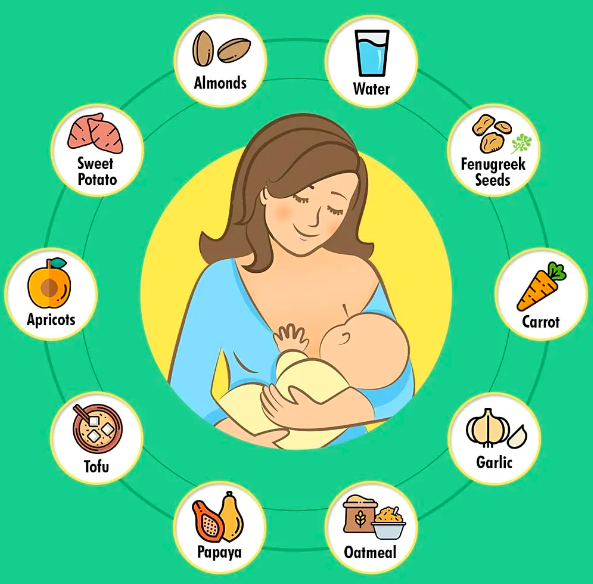
Additional Diet Advice for Mothers Who Breastfeed
- Eat frequently but little. Three main meals and two to three small snacks per day should help you maintain a healthy weight.
- Maintain a one- to two-hour window between dinner and bedtime.
- Consume two figs, two walnuts, two raisins, etc., as your minimum daily serving of dry fruits.
- To meet your needs for vitamins A, E, C, and B complex, consume seasonal fruits and vegetables. Keep in mind that you should only eat fruit in the late afternoon or evening.
- Include oats, ragi, jowar, whole wheat, and broken wheat in your cereal intake.
- Consume foods from all the food groups, including nuts, cereals, fruits, vegetables, pulses, dairy, and sugar.
- Drink 3 litres or more of fluids each day. Plain water, herbal teas, milk, soups, juice, lime water, and buttermilk could all be used to balance this out.
- Limit foods that are excessively high in saturated fat, such as butter, cheese, ghee, and cream, as well as preservative-filled ready-to-eat meals, fried foods, alcoholic beverages, savouries, soft drinks, packaged juices, sweets, and white sugar.
- Use coffee and tea sparingly. They prevent the absorption of iron in the body.
- Avoid using any drugs or herbal supplements without first consulting a physician or dietician.
The Bottom Line:
Maintain your health, keep yourself busy, and make an effort to be happy. Your child will be almost exactly as healthy as you are based on what you eat and how you feel. Testing your food is always advised, especially if you are breastfeeding. Speak with your specialist right away if you think your kid has a food allergy.
Depending on the severity of the reaction, your doctor may advise avoiding a potential food for two to three weeks in order to determine if it is the true cause of the infant’s discomfort.
Read more:
Achieving Clear Skin: Simple Diet for Pigmentation on Face
डेंगू आहार चार्ट: पौष्टिक आहार के लिए एक मार्गदर्शिका


